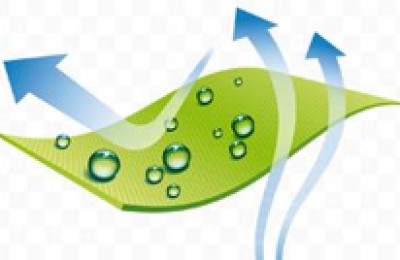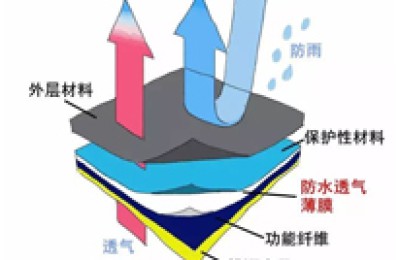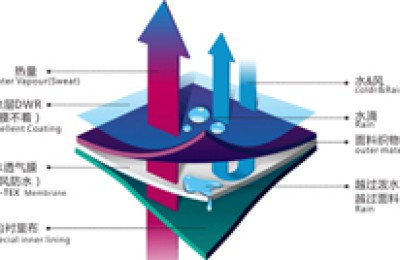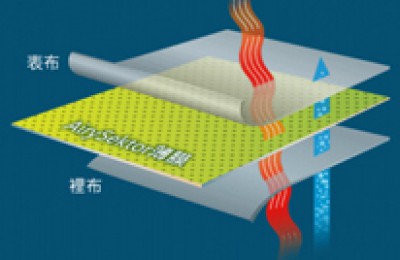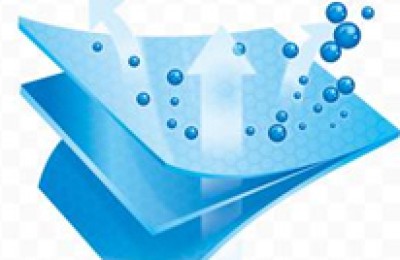The setting machine is a machine used for setting textile products. The setting machine can be divided into: yarn setting machine, sock setting machine, fabric setting machine, curtain setting machine, spandex covered yarn setting machine, silk setting machine, and garment piece setting machine. Styling machine, suit shaping machine, etc.
Do To achieve good styling, you must first understand different fabric styles
Fabric style generally refers to the unique attributes of the fabric itself that are different from other products, mainly including appearance attributes and intrinsic attributes. Usually the external attributes can be displayed more obviously and are intuitively accepted by processors and users, such as crepe strips on the surface of the fabric, small rhombuses, pearl-shaped small particles, etc.
The appearance style of fabric is the main aspect of fabric style. The inner style sometimes needs to be identified by the examiner or wearer through simple methods, such as the feel of the fabric and the elasticity of the fabric. Fabric style control mainly refers to how to control various process conditions that form fabric style.
Crepe fabrics
Crepe fabrics mainly include two types, One is the crepe style caused by the special structure of the fabric, while the other is the deliberate amplification of all process conditions and methods that may produce warp crepe during the dyeing and finishing of weft elastic fabrics.
The crepe strips of some fabrics are formed by extrusion, and such products can also be classified as embossed products. During the processing of crepe fabrics, attention should be paid to all key links from pre-shrinking to pre-shaping, from dyeing to drying, and finally to final shaping of the finished product.
Crepe fabrics include warp crepe fabrics and weft crepe fabrics, usually warp crepe fabrics are the main ones. Because the weft yarn shrinks excessively during processing, the warp yarn cannot shrink normally with the weft yarn and forms irregular streaks on the surface of the fabric. In order to maintain these streaks, attention must be paid to minimizing the weft processing tension during processing. If the fabric is pre-shrunk in the dye vat, the pressure on the dye vat nozzle can be appropriately increased to increase the warp tension of the fabric during processing. During drying and final product shaping, by increasing the warp tension of the incoming fabric and appropriately reducing the shaping width, the warp streaks formed on the fabric surface by the previous processing steps are fully retained.
Foaming fabrics
There are many ways to foam. Cotton fabrics can form a large number of small bubble-like ridges on the surface of the fabric through the method of “alkali shrinkage”, or can form small diamond-shaped or pearl-shaped particles on the surface of the finished fabric through the fabric’s organizational structure and warp and weft density settings. Foamed fabrics are different from creped fabrics. During the processing process, not only attention should be paid to reducing the warp tension as much as possible, but also the weft tension must be reduced at the same time. The reduction of warp tension includes not only the pre-shrinking, booking and dyeing stages of the fabric, but also the drying stage and final product setting stage.
The finished surface of cotton poplin fabric has obvious small diamond shapes. This not only requires necessary design requirements for the warp and weft density of the fabric, but also the warp direction when finalizing the finished product. The cooperation between tension and shaping door width also has a significant impact on the formation of small rhombus style on the fabric surface.
The light and thin polyester pearl linen fabric not only needs to reduce the warp and weft tension and tension as much as possible during the pre-shrinking, booking, dyeing and final product setting stages, but also The key process is the temperature and warp tension of the fabric during drying after shrinking and dyeing. If the drying temperature of the fabric is too high in a hot and humid state and the warp tension is too high, the all-over pearl style on the surface of the fabric will be seriously affected. Loose drying equipment is used to dry the fabric at a low speed to retain the pearly style on the fabric surface as much as possible, which is the focus of controlling the surface style of foaming fabrics.
Calendering fabric
Calendering can give the fabric a special surface gloss.
Calendering through a calender is the main processing method for calendering textiles. There are two commonly used calendering equipment, one is electric heating calender and the other is pressure calender. Electrically heated calenders are also called electro-optical calenders. Pressure calenders have three methods: mechanical pressurization, oil pressure pressurization and pneumatic pressurization. Calendering gives the surface of the fabric a luster, which can highlight the rich and luxurious appearance of the fabric and reflect the wearer’s aesthetic taste and personal pursuit.
The calendering temperature, calendering pressure, calendering times, calendering speed and the smoothness of the fabric surface are the main factors affecting the calendering effect of the fabric. The higher the temperature, the greater the pressure, and the more times, the brighter the surface of the fabric after calendering will be.
After calendering plain weave fabric, twill weave fabric and satin weave fabric, the surface smoothness of satin weave fabric is the most obvious. Compared with all-cotton staple fiber fabrics and all-polyester filament fabrics, the surface smoothness of filament fabrics after calendering is usually more obvious. It is also a polyester calendered fabric. The properties of the raw materials themselves have a very direct impact on the surface smoothness of the fabric. Compared with FDY filament and DTY low elasticity yarn with the same fineness, same density and same structure, the surface finish of FDY products is usually higher than that of DTY products. The warp density of the fabric is also one of the main factors affecting the surface finish. The higher the warp density of the fabric, the smoother the surface. Surface cleaning process of the fabric itself before calenderingInstall a pair of arc-shaped weft straightening devices. A smooth small roller with an active overspeed of 10% is installed under the cloth. A square rubber bending roller is pressed on the cloth. The center of the arched protrusion is pressed at the center of the cloth. Depending on the cloth surface The degree of concave weft inclination adjusts the pressure of the upper arc-shaped rubber bending roller so that the concave weft yarn in the middle part can be adjusted evenly. Generally, the arc can be adjusted by 5 to 6 cm. When the convex weft runs obliquely on the bending roller, turn the convex shape over in the opposite direction to straighten the weft, but the degree of weft straightening is limited, and at the same time, wrinkles must be prevented.
The air nozzle of the hot air tenter is changed from a vertical form to an oblique air outlet. When the wind speed is 12~15m/s, the angle between the air outlet and the cloth surface is 15° ~20°, so that the wind blows in the direction of the fabric front, which can improve the arc weft caused by the hot air tenter itself.
In terms of operation: the seam head should be straight and the needle density should be moderate. It is required to tear off the head and sew as much as possible, and the weft inclination of the seam head should be less than 0.5%.
Rope-like fabrics cannot be knotted and run, and the ends must be sewn with a sewing machine. When the rope processing ends at the bottom of the fabric pile pool, the fabric must be rolled dry without excessive water.
It is necessary to eliminate the “water pockets” during rope processing, especially during desizing.
The thickness of the roller wrapping cloth should be even. During processing, it is necessary to avoid fibers and yarns wrapping around the roller and causing weft skew. During open-width processing, attention should be paid to preventing edge curling and wrinkles. The force on both sides of the electric edge suction device should be even, and the cloth feeding angle should be larger. The machine should be flat and upright when calibrating cloth.
Strengthen the quality inspection system
Technical personnel in each workshop must be serious Responsible for self-inspection of the quality of products processed by each machine, identifying problems, and making timely adjustments and improvements. </p



